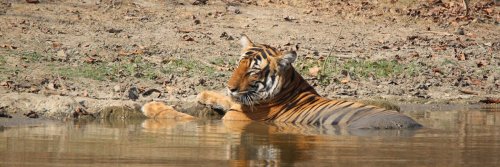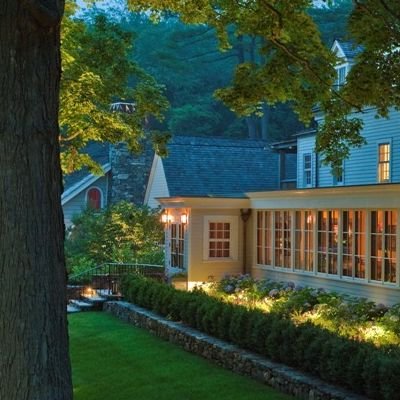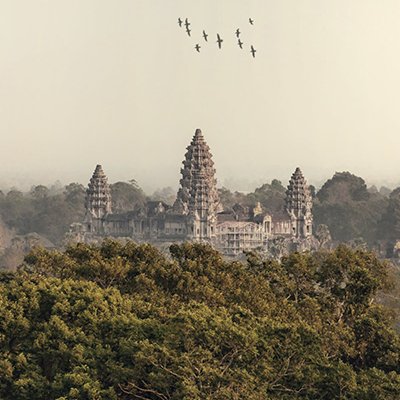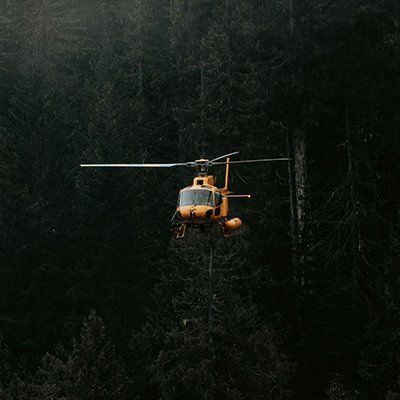The wildlife in India rivals that in Africa. It's an exotic land of incredible creatures and rare species that show their intriguing faces at different times of the year.
India's seasons impact wildlife viewing. Predominantly, the best time for a wildlife safari is during the dry season, October to May, when untamed critters huddle around water sources like gossiping old ladies gathering over their ritualistic morning tea. October to February, right after the monsoon season, is a time of cooler weather and lush landscapes, while temperatures rise during March to May when many water sources dry up, leaving scarce water holes that become a focus for thirsty animals. June to September is when many parks close, as this is monsoon season—only a few parks stay open, such as Gir and Ranthambore. If you are chasing elusive tigers, it's the dry season between February and May that you will have the best chance of glimpsing them. The hotter months of March and April will bring the elephants in Kerala out in force around watering holes, while solitary snow leopards usually closeted in the Himalayas descend to lower altitudes between November and March as they search for food.
A wildlife safari in India is similar to Africa in that safari accommodation ranges to suit all budget types. Indian wildlife safaris, with the diverse landscapes and wealth of wildlife that abounds in 104 National Parks and 566 Wildlife Sanctuaries, mainly in remote areas, are starting to rapidly increase. As the demand grows, better infrastructure development is happening, and the Indian government is increasingly funding what is necessary for the tourism sector to flourish. With this growth comes the responsibility to preserve natural habitats and to highlight the need for conservation. Accommodation for wildlife voyeurs was once the domain of Indian hotel brands. But, over the last few years, many glamorous international hotel brands are getting in on the action. With a global awareness of the need to protect and nurture, these new hotels adhere to cultural integration, use eco-friendly materials when building, and use design principles to make a low impact on their surrounding landscape.
Some of the luxurious offerings in the safari niche market include:
Sariska Lodge
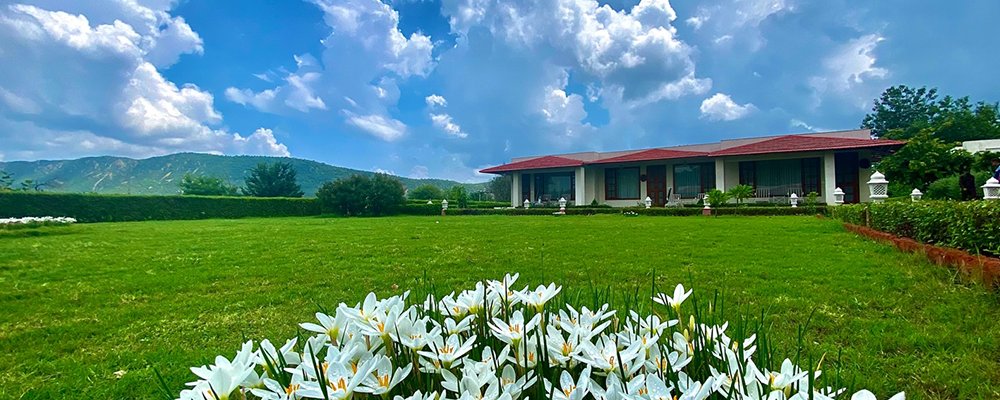
An all-encompassing experience that will make your senses tingle, Sariska is an exceptional lodge gracing the semi-arid deserts of Rajasthan in the Alwar District. The area leads you on a journey into mystical moments of its history from being an ancient Rajput state known as 'Mewat.' Dotted with temples and monuments from its former glory days, the land's wildlife is diverse. There are plenty of water holes for optimum viewing opportunities. The minimalistic, luxurious ten-suited lodge constructed of stone and wood overlooks the 18th-century Tehla Fort. Staying here will give you a taste of personalized adventure from early morning and late afternoon drives to relishing Ayurvedic treatments and Tibetan healing in the wellness center when you need to recenter your body and mind from all the excitement.
Tree House Hideaway Resort, Bandhavgarh
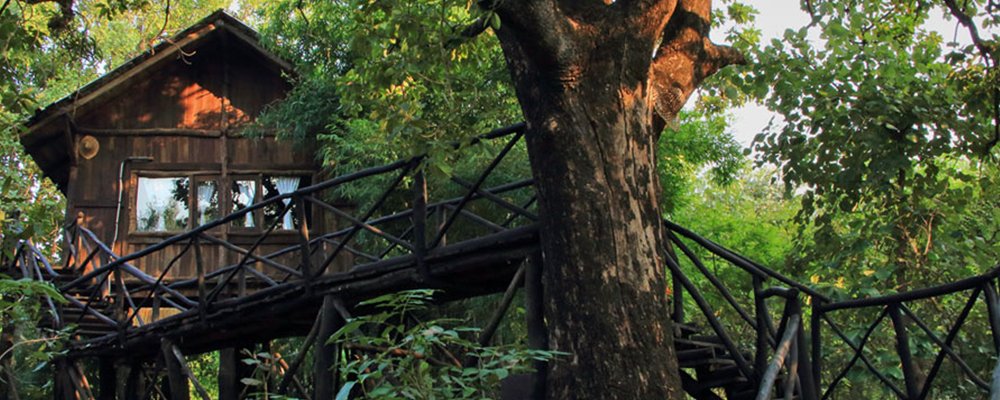
Perch yourself in a fantastic tree house to escape into the natural world around you. The Tree House Hideaway in Bandhavgarh National Park, Madhya Pradesh, is known for its high density of Bengal tigers. Only five incredible tree houses will ignite your childish wishlist with an adult twist of luxury and exclusivity—you can play king of the treetops up with the birds. Tree House Hideaway Resort is a fantastic chance to experience jungle living with a touch of elegance. It may not be the ultimate decadent accommodation available, but you can immerse yourself in the natural world with a sense of contemporary comfort. Each tree house has a private ensuite, loungers on balconies, and romantic mosquito bed netting—a stay here will make you smile each morning when you wake for an early morning safari drive. Imagine sitting on the verandah sipping that first-morning coffee while the birds wake up around you.
Aman-I-Khas Resort, Ranthambore
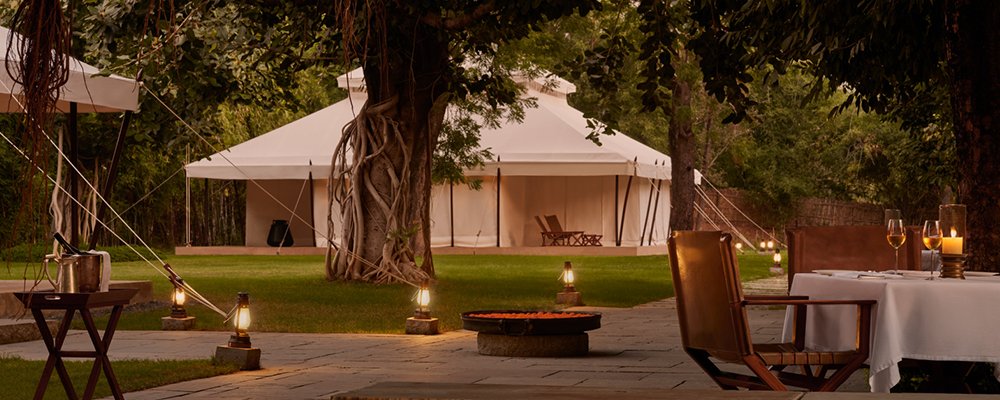
The ultimate glamping in luxury and style, Aman-I-Khas Resort is a world of decadence for wildlife lovers wishing to explore the renowned Ranthambore National Park. This resort reflects the rich cultural heritage of the land. You will have a personal butler, meals prepared from local produce, and the choice of indulging yourself in ancient beauty treatments in the dedicated spa tent. Set in scenery that defies belief, each guest tent has an indulgent marble bathtub and rain shower that takes wildlife safari offerings to a new level of personal indulgence.
Sujan Jawai Camp, Jawai
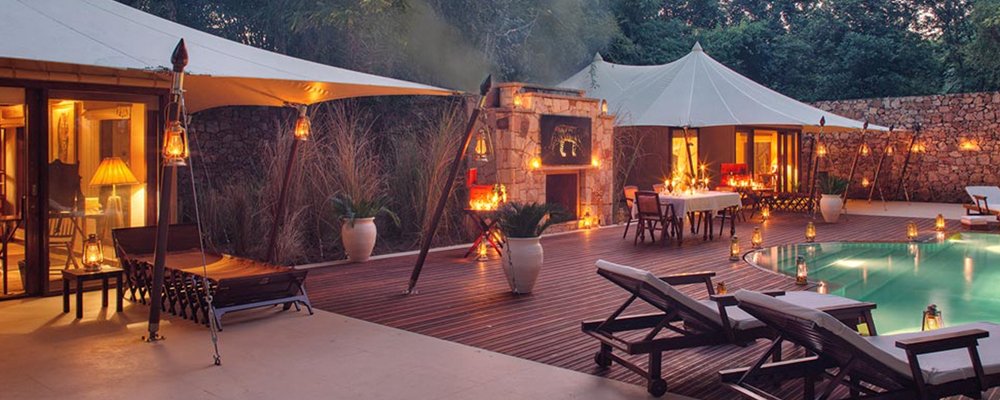
Another glamping experience that leaves you wallowing in luxury without interrupting the beauty of the secluded desert scene around you. Sujan Jawai Camp offers guests an immersive experience with more than a touch of glamor. Like the maharajas of old, your safari experience is sheer decadence. Tents are a wondrous affair with the old-world extravagant charm of candleholders and lanterns, giving soft, romantic light to the glamorous camping vibe. With a dramatic backdrop of billion-year-old granite rock outcrops where leopards roam, Sujan Jawai Camp is an exotic gem of decadent pleasures in the wild—think sophistication in the desert where you can take a refreshing dip in a swimming pool, dine under the stars, and go to sleep with your head on the softest of pillows while listening to the night whispers of the land around you.
Gail Palethorpe, a self proclaimed Australian gypsy, is a freelance writer, photographer and eternal traveller. Check out her website Gail Palethorpe Photography and her Shutterstock profile.

